How does Indonesia follow Colombia's development and innovative approach to Indonesia's innovative treatment of Mantenin flavor?
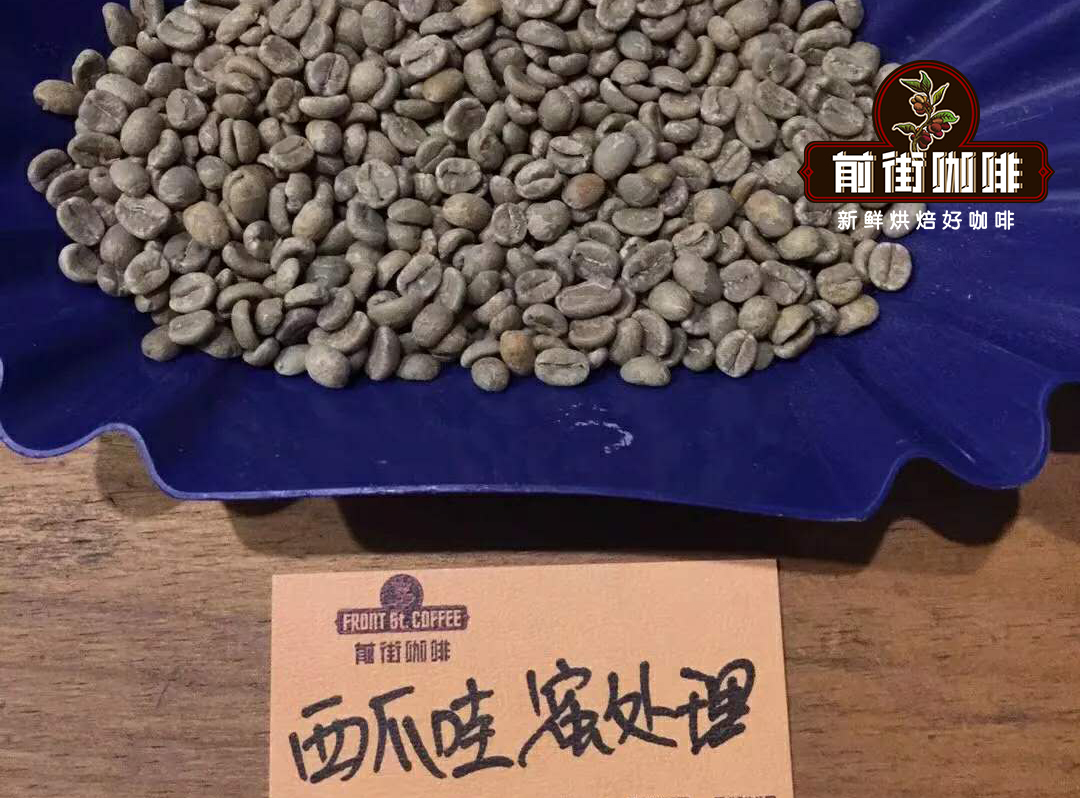
Indonesia is the fourth largest coffee producer in the world, after Brazil, Vietnam and Colombia.
In the late 19th century, after the rust of coffee leaves erased most of the high-quality Arabica varieties, the country switched to Robusta coffee in 1900.
Today, about 25% of the coffee produced in Indonesia is Arabica coffee, but only a small portion of it is specialty coffee. Although the climate in Indonesia is suitable for coffee production, the low altitude makes it difficult to grow some of the more precious and popular varieties of Arabica coffee.
First, I talked to Rodney Glick, director of coffee at Karana Spesialis Kopi. Karana recently added carbon impregnation to its coffee processing.
Carbon immersion softening is a treatment technology first proposed by world barista champion Sa "a barista esti" in 2015. It originated in the wine-making industry and has since adapted to special coffee.
Carbon impregnation involves using an one-way valve to seal coffee cherries in an airtight container to release pressure and oxygen. After rinsing with carbon dioxide, seal the cherry in the water tank and strictly adjust its temperature.
Carbon impregnation produces a complex and unique flavor in coffee. However, this requires a lot of time and effort, and if the temperature is not controlled properly, the entire tank will be discarded and wasted.
Carbon impregnation is not a method in itself, but an additional step that can be added to washing or natural coffee processing. After washing, the cherries are desized and then introduced into the pot. Through natural / honey processing, the cherries are sealed and then dried as usual.
"the fermentation technology used in the wine industry is unfamiliar to many coffee producing countries, including Indonesia," Rodney said. Historically, coffee has not been grown in grape-growing countries, so until recently, the link between the fermentation methods of the two products was clear. "
Rodney added that Indonesia's tropical climate makes fermentation difficult to control. If humidity and moisture content are not controlled, coffee may be overfermented, he said. "if you don't get enough sun to dry, the fermented taste will turn vinegar and sour."
At Karana, Rodney added carbon impregnation as a step in the natural processing of its coffee. Rodney told me that although it is popular in other countries of the world, it is considered experimental in Indonesia.
"so far, very little is known about this technology and its results," Rodney said. This is a great opportunity to create new flavors, but (in Indonesia) it's also risky because this season is only three to four months long.

"Cherries can only be used for a short period of time, and such research requires a lot of investment. There is no second chance, because it is impossible to reverse the overfermentation. "
For this reason, Rodney regularly drinks a cup of coffee and evaluates his coffee to measure and judge the effect of carbon impregnation.
All coffee is fermented to a certain extent. From the moment I picked the cherries. The soil condition of coffee producing area has a great influence on the occurrence mode of fermentation and its influence on the flavor of coffee.
In addition to altitude and soil quality and other factors, eolian soil also includes natural yeasts and bacteria in certain areas. During fermentation, these microbes consume the sugars and acids found in coffee cherries. This process will eventually affect the baking and brewing taste of the cup.
"microbial soil" (microbes present in a production area) is just one of many parameters that affect the taste of the cup.
In 2020, Mikael Jasin founded So So Good, a coffee company that works directly with professional producers of Java,Bali and Flores. Mikael told me that So So Good uses a "native" starter.
Fermentation initiator is actually a kind of yeast culture, which is deliberately introduced to "start" the fermentation process and guide the fermentation process in some way.
"We want to isolate the dominant yeast [in the region] and create some starters on that basis," Mikael told me.
To this end, Mikael and his manufacturers sent samples of fermented water to the Bandung Institute of Technology for analysis and measurement. Then, each producer will receive a starter for his or her native land.
"what we are doing is reverse engineering the way coffee is produced," Mikael explained. "so, first of all, let's taste the coffee. Then we'll see how fermentation will affect it. Our goal is to have specific taste characteristics, which helps us to determine which starter to use. "
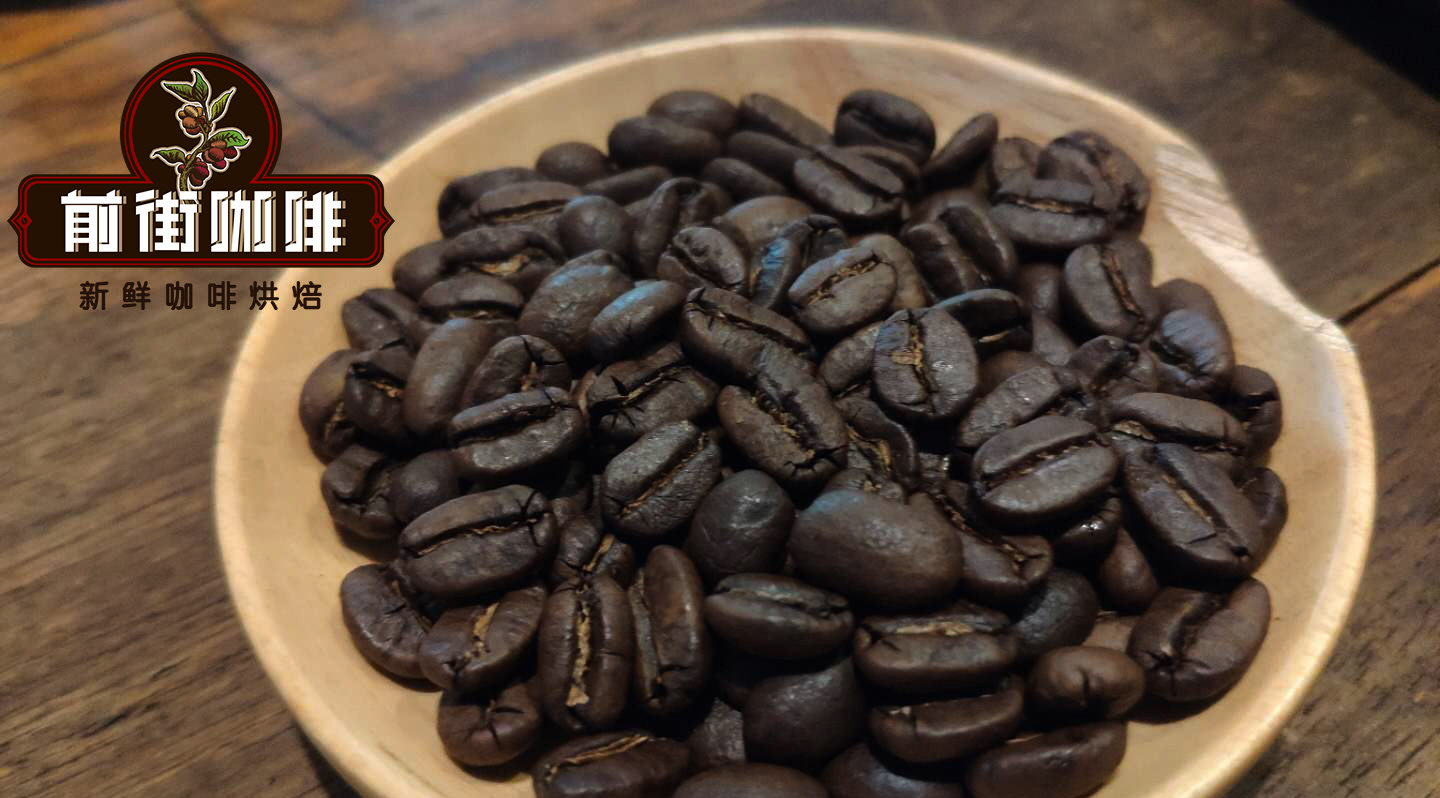
By using the unique fermentation initiator and monitoring the pH value in the whole fermentation process, producers can better control the output of their products. Mikael told me that the impact is huge.
He said that if the right fermentation initiator was used to "guide" the coffee to specific flavor characteristics, the taste of two fully washed coffee from completely different regions would be similar. In contrast, without a fermenting starter, coffee from similar areas may taste incredible even if it is grown and processed in a similar way.
Frinsa Estate's Fikri Raihan Hakim is one of the few growers and processors in Indonesia to promote and sell a single variety of coffee. "We started planting new coffee trees in 2011," Fikri told me. "and we are very determined to own a batch for a particular breed.
"when workers pick, each variety is put in its own bag. In the processing site, each variety has its own area. "
Even though it is common for coffee growers to grow several different varieties to manage their farms sustainably, in most cases, these different varieties are processed in batches together.
At present, there are more than 14 varieties on Fikri farms. They include Ateng Super,Borbor,Andungsari,Timtim,Lini S and Typica. "all the seeds are obtained directly from the Indonesian Coffee and Cocoa Institute (Puslitkoka)," he said.
Fikri believes that by isolating and carefully separating individual varieties, he can ensure consistency and traceability. By doing so, he says Frinsa Estate provides the roaster with accurate, detailed information about its beans.
Fikri and his father, Wildan, teamed up with Nordic Approach in 2019 to test lactic acid bacteria yeast. Fikri told me that the specific lactic acid bacteria yeast he used was isolated from the digestive system of Asian palm masked palm civet, which is used to make kopi luwak coffee.
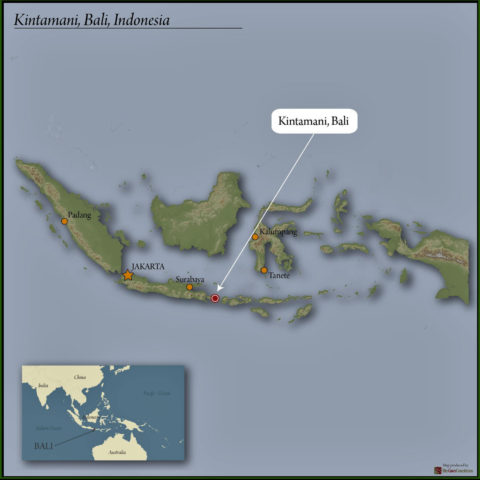
Kopi luwak coffee (mainly produced in Indonesia) is made by feeding coffee cherries to a cat-like mammal called the Asian brown cat.
Then partially digest the coffee cherries, and then drain the whole coffee beans into the feces. The beans are then separated, washed and sold for baking. Digestive enzymes in the civets' gastrointestinal system start to ferment the coffee.
However, although this method has attracted wide media attention, its effect on the final flavor has yet to be discussed by debate. Many people think that kopi luwak coffee is just a kind of mm head, and the American Professional Coffee Association even said that "there is a general consensus." It doesn't taste good.
However, only using isolated yeast, Fikri can produce a unique flavor. He told me that his natural coffee was made by adding yeast after the cherries were washed.
Then put them in a plastic bag, where they are anaerobic fermented (without oxygen). Fekri (Fikri) told me that the coffee tasted of sweet spices and fruit sugar.
Due to the difficult climate, it is difficult to produce popular varieties, Indonesian producers must find other ways to make coffee beans stand out and produce high-score coffee.
Although these methods may not be unique to Indonesia, they are really interesting and are not common in the country. Whether they are more popular remains to be seen, but one thing is certain: this is undoubtedly a sign of innovation in Indonesian coffee processing.
Important Notice :
前街咖啡 FrontStreet Coffee has moved to new addredd:
FrontStreet Coffee Address: 315,Donghua East Road,GuangZhou
Tel:020 38364473
- Prev
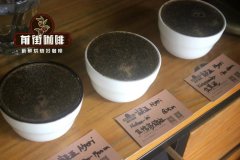
Six major coffee producing areas in Africa and Kenya introduce Kenyan coffee variety & Kenya 72-hour washing
Professional coffee knowledge exchange more coffee bean information please follow the coffee workshop (Wechat official account cafe_style) Kenya coffee bright sour, gorgeous, full and excellent taste, let those who have drunk unforgettable. Qianjie Cup has tested many coffee beans from different producing areas of Kenya. If high acidity is the soul of good coffee, then Kenya must be the representative of this soul.
- Next
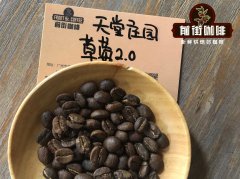
Flavor characteristics of strawberry 2.0 in Chateau Paradise Manor hand-flushed with boutique coffee beans in Cauca, Colombia
Professional coffee knowledge exchange more coffee bean information Please follow the coffee workshop (Wechat official account cafe_style) to see the word strawberry, a lot of strawberry-flavored food comes to mind, such as strawberry juice, strawberry yoghurt, Strawberry Ice Cream and so on. Right! The flavor of this coffee bean is very sweet. Some time ago, I got strawberries from Paradise Manor.
Related
- Beginners will see the "Coffee pull flower" guide!
- What is the difference between ice blog purified milk and ordinary milk coffee?
- Why is the Philippines the largest producer of crops in Liberia?
- For coffee extraction, should the fine powder be retained?
- How does extracted espresso fill pressed powder? How much strength does it take to press the powder?
- How to make jasmine cold extract coffee? Is the jasmine + latte good?
- Will this little toy really make the coffee taste better? How does Lily Drip affect coffee extraction?
- Will the action of slapping the filter cup also affect coffee extraction?
- What's the difference between powder-to-water ratio and powder-to-liquid ratio?
- What is the Ethiopian local species? What does it have to do with Heirloom native species?

